Before answering the question, let us look at the highlights of the 180-page plan worked out over three years, between Israel and U.S., with marginal consultations with Saudi Arabia, Egypt, and one or two others , but not with the Palestinians whose fate is being decided announced on 28th January, 2020.
It is best to look at the plans under a few headings:
Two States
Trump’s plan sets in motion a four-year timeline for the creation of a Palestinian state, with Palestinians first having to agree to halt attacks by the Islamist militant group Hamas which controls Gaza. Palestinians should set up governing institutions in order to establish their state, likely to be similar to the current Palestinian Authority, which has limited self-rule in parts of the West Bank. The Palestinian state would include stretches of land in the West Bank, as well as the Gaza Strip on the Mediterranean coast and two expanses of territory in Israel’s southern Negev desert1.
The West Bank and Gaza, 40 km (25 miles) apart, would be connected by a tunnel. The Palestinian capital would be set across several towns that border East Jerusalem. Jerusalem would be Israel’s “undivided capital” 2.
Security
Israel would maintain “overriding security responsibility for the State of Palestine”, including at the Palestinian state’s international border crossings. Zoning and planning in border areas between Israel and Palestine “will be subject to the State of Israel’s overriding security responsibility”.
Israel would maintain control over the “airspace and electromagnetic spectrum west of the Jordan River”. The Palestinian state would not be allowed to forge military, security or intelligence agreements with any state or organization that adversely affects Israel’s security. Israel would retain the right to engage in “incursions” into the State of Palestine to ensure it “remains demilitarized and non-threatening” 4.
Borders and Ports
Trump’s plan would leave the Jordan Valley, which makes up some 30 percent of the occupied West Bank, under Israeli control. The Jordan River, which separates the West Bank from Jordan, would become part of Israel’s eastern border. The Palestinian state would be allowed to use Israel’s Mediterranean ports of Haifa and Ashdod.
The plan floats the creation of an “artificial island” off Gaza’s coast that would serve as a Palestinian port and airport.
Settlements and Land Swaps
Israel would be free to annex its settlements in the West Bank and would not have to uproot any of them. Palestinians and much of the world view the settlements as illegal under international law, a position Israel and United States dispute4.
The plan raises the possibility of incorporating several Arab-Israeli communities along the West Bank border into the Palestinian state.
Jerusalem
Jerusalem would be Israel’s “sovereign” and “undivided” capital.
The map below put out by the White House makes it easier to understand the Trump plan.
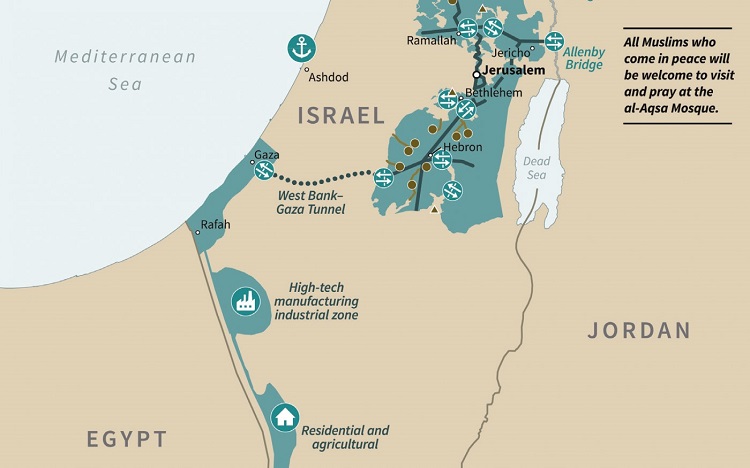
(Source: https://www.whitehouse.gov/wp-content/uploads/2020/01/Peace-to-Prosperity-0120.pdf)
The Response of the Palestinians and the Rest of the Arab World
The Palestinians in the West Bank controlled by the Palestinian Authority (PA) and the Gaza have rejected the plan outright. Their rejection is easily understood as the Trump Plan if implemented will prevent the birth of an independent State of Palestine. Essentially, the Trump Plan provides not for a state, but for municipal autonomy for the so-called Palestine which will remain ‘de-militarized’, with Israel controlling its borders, land, sea, and air.
Incidentally, the real status of PA is that of a municipality. Mahmud Abbas has the title ‘President of the State of Palestine’ but he cannot leave the West Bank or re-enter it without the permission of Israel. In short, the Palestinians are not losing anything that they have now. But, if the Plan is implemented with the consent of the Palestinians, then they have to abandon for ever their claim to an independent state.
The highlights of the plan given above speak of a ‘two-state solution’. But that talk is absolutely misleading and is meant to mislead. When Trump came into office in 2016 he had a plan to do his utmost to prevent the emergence of an independent state of Palestine; permit and encourage Israeli Prime Minister Netanyahu—the foreign leader closest to him ideologically and otherwise- to grab as much territory from the Palestinians as possible; endorse an ‘undivided Jerusalem’ as Israel’s ‘eternal capital’.
Trump’s Attitude
Let us look at two of the decisions President Trump has taken till now:
- Stopping of U.S. funding to UNRWA (United Nations Relief and Works Agency), created in 1948 to take care of Palestinians rendered homeless as Israeli forces threw them out from their homes. Currently, 5 million human beings are living in camps in Palestine, Jordan, Lebanon, and elsewhere. UN has asked for $1.4 billion for 2020 for UNRWA.
- Closing down the representative office of the Palestinian Authority in Washington.
Response of Europe
The response of Europe is divided. Josep Borrell, EU’s High Representative for Foreign Affairs and Security Policy proposed a draft sharply criticizing the Trump Peace plan. Israel had done much lobbying and six countries (Italy, Hungary, Czech Republic, and Austria and two more) reportedly rejected the draft. Since unanimity is required in such matters Borrell had to issue a statement on his own behalf. Frankly, the EU is not a player to be reckoned with in the matter.
The Response of Arab League and OIC
The initial reaction from Saudi Arabia, U.A.E. Oman, and Egypt showed that they wanted to show support to the Trump plan. However, they were compelled to change their view when the Arab League formally met and listened to the unequivocal rejection of the plan from Palestinian President Abbas. The League met in Cairo on 1st February at the level of foreign ministers. They slammed the plan as a setback to three decades of peace efforts, saying it was destined to fail because it breached international law and ignored UN resolutions that had formed the basis of previous negotiations. Further, the ministers declared that Trump’s plan was the culmination of “unilateral and unjust decisions by the US” which has already moved its embassy to Jerusalem and recognized Israeli sovereignty over the Golan Heights seized from Syria in 1967 and considered occupied territory by the UN.
The OIC (Organization of Islamic Conference) also passed a resolution rejecting the Trump plan. However, it does not follow that the PLA can take much comfort from the public stand taken by the Arab League and the OIC. Their support will remain rhetorical. In practice, hardly any country will stand up to Washington.
WHAT Next?
Some U.S. think tanks have characterized the Trump plan as ‘still born’. That assessment is partly right and partly wrong.
The plan will not bring peace, it will aggravate the tension between Israel and the Palestinians. We should note that Trump had no intention to promote peace. His idea was to help Netanyahu to improve his chances of winning the general election due in March. Trump craftily invited General Benny Grantz, Netanyahu’s rival, also to the White House and he too has supported the Trump plan.
The Arab citizens of Israel are upset as they might be forcibly thrown out of Israel to join the ‘state’ of Palestine.
The only way the Palestinians can stop Trump and Netanyahu from going ahead is by resorting to resistance violently or non-violently. Any violent resistance will be put down by the IDF (Israeli Defence Force) and we do not know whether the Palestinians are capable of putting up a Gandhian fight. If anyone familiar with real estate transactions thought that the Palestinians will part with their birth right for a mess of potage, he might be proved wrong. But, alas, lies ahead of us enormous human-made human suffering, death, injury, ruined lives and more. The Palestinians deserve to vote in the U.S. presidential election as they are a major stakeholder.
Endnotes
- US Govt.’s Peace to Prosperity document available at White House website at https://www.whitehouse.gov/wp-content/uploads/2020/01/Peace-to-Prosperity-0120.pdf
- Ibid.
- Ibid.
- Ibid.
(The paper is the author’s individual scholastic articulation. The author certifies that the article/paper is original in content, unpublished and it has not been submitted for publication/web upload elsewhere, and that the facts and figures quoted are duly referenced, as needed, and are believed to be correct). (The paper does not necessarily represent the organisational stance... More >>
Image Source: https://www.vox.com/world/2020/1/28/21111890/trump-israel-palestine-peace-plan-deal-century-apartheid

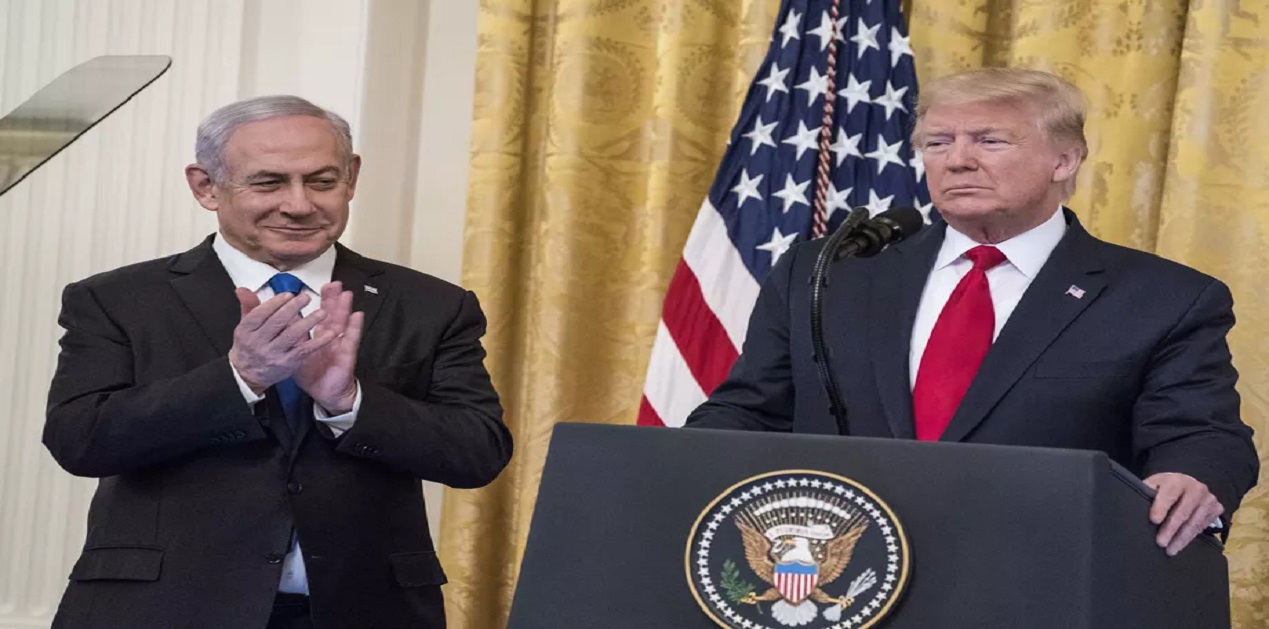
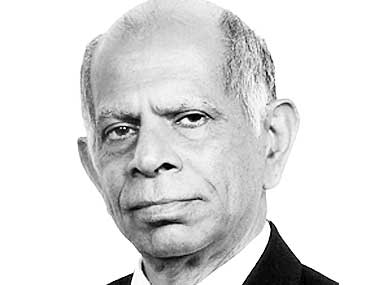


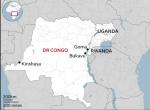
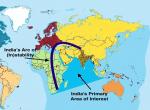




Post new comment